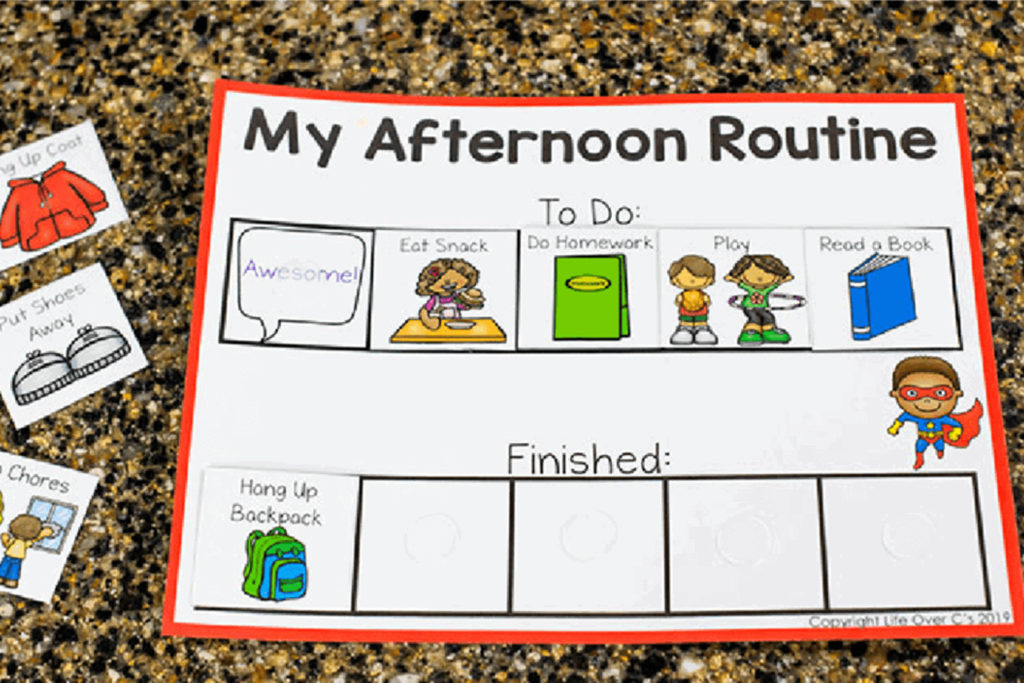Transitions can be Hard
11.21.2022

Kids sometimes have trouble transitioning between tasks or environments. Transitions are hard for many kids. They may demonstrate increased negative behavior or avoidance. This is a skill that kids frequently use in the classroom at school. It is necessary for increased engagement in daily activities. Unlike adults, kids have limited understanding regarding the concept of time when they are asked to stop playing, go to bed, or move to a new space. This can be incredibly challenging. But, the good news is that parents can support kids with these transitions to minimize behavioral outbursts and increase understanding.
Strategies to support transitions
- Firstly, routines. Each time a transition occurs, establish a sequence of consistent events, such as singing a song or clapping hands. This informs the child a transition is coming and can establish familiarity and comfort. Learn how an evening routine can help.
- Visual Schedules: When a schedule remains the same from day to day, we can include pictures on a board to signify the sequence of events. The child will remove each picture after they complete the task. Make a picture schedule on board with Velcro and place it in an accessible location in your home. The schedule is individualized and based on the child’s needs and abilities.
- Timers: Timer apps exist on most smartphones and contain fun, enticing pictures that the child can view. It is important to notify the child that you are about to set a timer and what to watch for when time is up.
- Representational objects: Find a special object that represents the task the child is transitioning to. For example, use a ball to assist with transitioning to a ball activity or a crayon for coloring. The child will then take the item to the desired location of where activity is about to occur.
- Make sure you give explicit instructions and be specific.
- Encouragement is important.
- Allow time for your child to process a verbal request for change.
- Lastly, provide specific feedback on performance after the completion of the transition. This is highly motivating for most kids and builds confidence.
Reference
- Occupational Therapy for Children 7th Edition, Jane Case-Smith, Jane O’Brien
